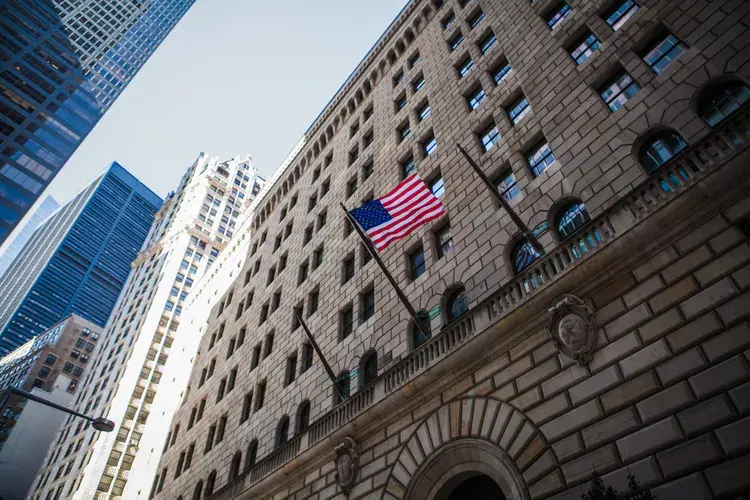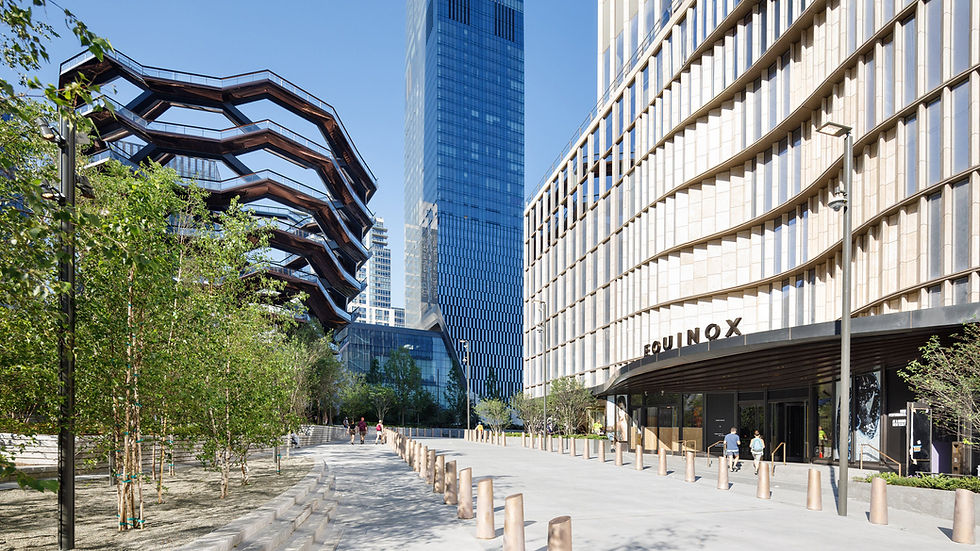Weekly Market Report - July 21, 2020
- Jul 21, 2020
- 3 min read
Founded in 2010, WeWork is set to have positive cash flow by the end of 2021, which was the company’s plan once SoftBank backed it. During the first three months of 2020, the company burned through $482 million in cash, marking a 60 percent drop from its previous quarter’s spend of $1.4 billion. According to Marcelo Claure, executive chairman of WeWork, said the pandemic has sent the demand for private workspaces through the roof. Some new tenants of the company include Mastercard, TikTok owner ByteDance, Microsoft, and Citigroup.
Even before the pandemic, the population of New York had begun to stall, and a small trickle of residents had begun leaving the city. Currently, New York’s unemployment rate is at 18.3 percent, well above the national rate of 11.1 percent. While New York will always be exceptional, right now the city is faced with a pullback. Almost 420,000 residents have fled the city to avoid the worst of the pandemic. Remote work has become ultimately available to every employee, which gave them another nudge to leave the city. Major tech companies have defaulted to remote work in the short term, and many, such as Twitter, have pledged permanent policies. For companies who choose to continue to have physical workspaces, coworking and flex spaces will become high demand. New York and other big cities will have to double down and provide an economic future for all of their residents while prioritizing livability and preserving neighborhoods.
While companies are working from home right now, post-pandemic prospects for commercial real estate remain strong. Office real estate will face hurdles: the economic recession will have an impact, however, demand for office space and other opportunities will return. Currently, most firms are not making any decisions on office space until the economy is safer and sturdier. Over the long term, people say many businesses can’t survive without a physical office and will be back in the market for more space. In a WSJ article, employees say their workplace is an escape from home life and miss interacting face-to-face with their coworkers. For office design, office spaces that can appeal to emerging industries and demographics, implement sustainability, and/or integrate best practices for social distancing will dominate the market in the post-COVID-19 era.
Some analysts predicted that office subleases would take over the market, however, the actual volume of space tenants are trying to get rid of is less than it was one year ago. Eleven million square feet of sublease availability is only 22 percent of Manhattan’s total available space. Currently, Manhattan’s office market is around 414 million square feet. Sublease space can put downward pressure on asking rents for direct space. Second quarter leasing in New York City fell 69 percent, but asking rents stayed at an average $83.30 per square foot. Emblem Health at 55 Water Street is subleases 163,000 square feet; First Republic Bank at 410 Tenth Avenue is subleasing 151,000 square feet. Other companies contemplating subleasing include Invesco at 225 Liberty Street, Netflix at 888 Broadway, FarePortal at 229 West 43rd Street, Eileen Fisher at 111 Fifth Avenue, Mutual of America at 320 Park Avenue, Tiffany at 200 Fifth Avenue, and New York and Company at 330 West 34th Street.









Comments